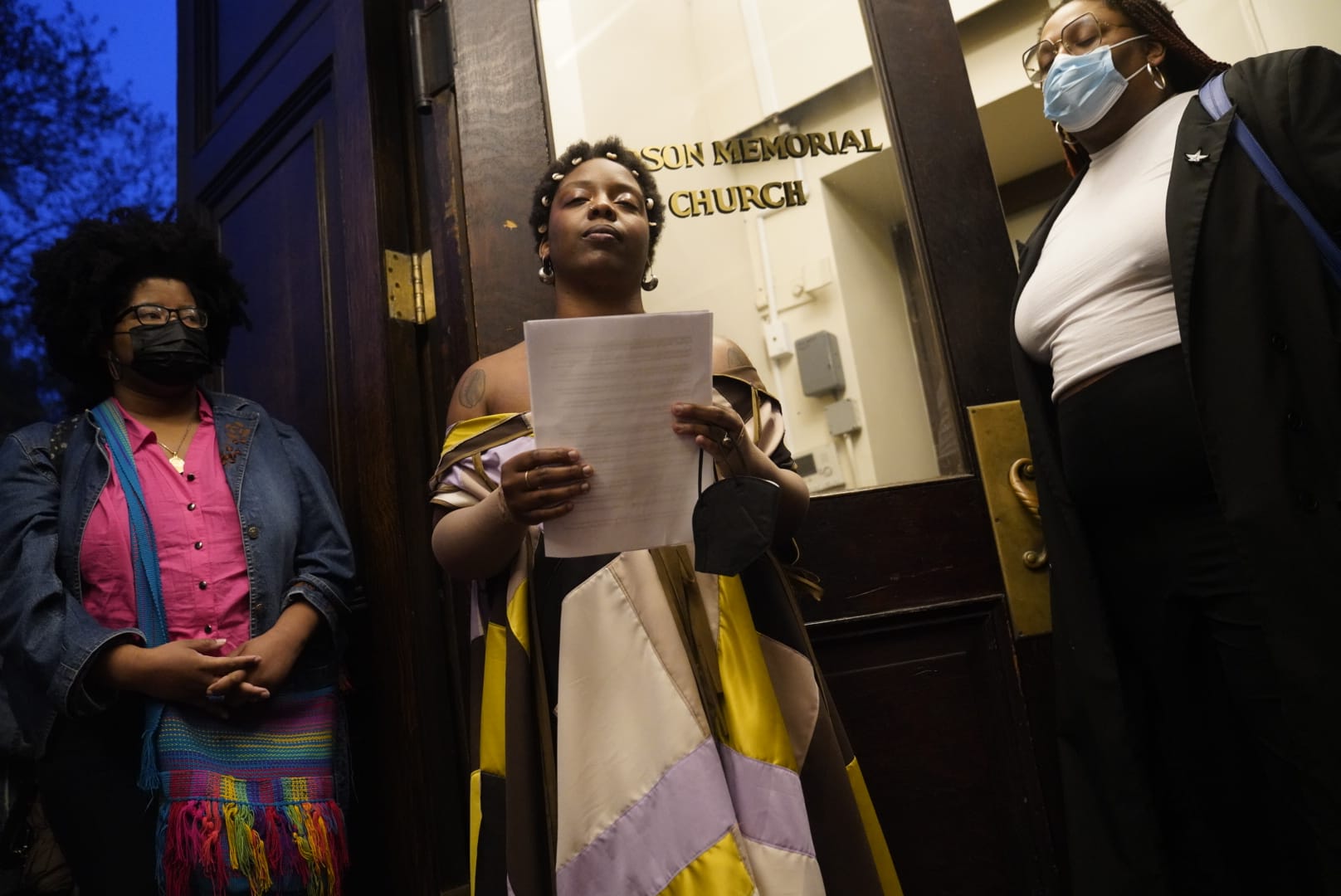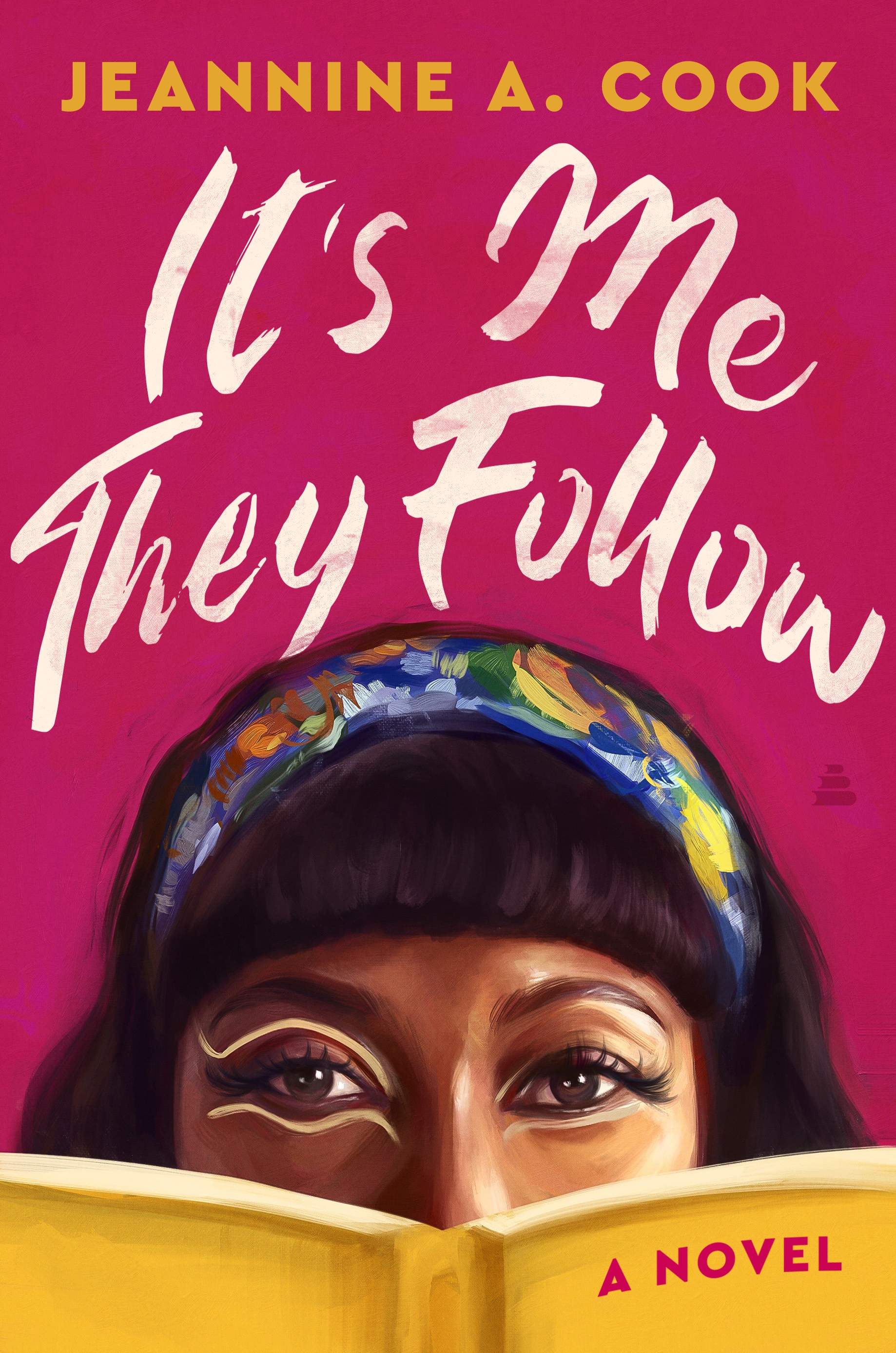Love the Sin, Hate the Sinner: The Parallels Between The Sinners Juke Joint And Black Ballroom Culture
Ryan Coogler’s 5th official feature film, Sinners, has hit the theatre and stolen the hearts and attention of fans and not so frequent movie goers alike.
Ryan Coogler’s 5th official feature film, Sinners, has hit the theatre and stolen the hearts and attention of fans and not so frequent movie goers alike. The film stars Micheal B Jordan as Smoke and Stack, a pair of twins in 1931 who leave their scheming in Chicago to return back to their hometown in Mississippi. After purchasing a sawmill from a klansmen they transform it into a juke-joint so they fellow kinfolk could have a place to dance as no one else could provide that space for them. Their cousin and protagonist, Preacher Boy, played the Blues for the joint but his gift was so powerful that the sounds transcended space and time - attracting a gang of white vampires that wanted that music all for themselves.
Though there are a plethora of avenues to explore what this film brings to the conversation on a historical level. What stood out to me most was the importance of the juke joint as a place for Black folx to congregate and dance together - specifically as a means of radically celebrating life and autonomy. Many of the attendees were sharecroppers working the fields all day with nothing to show for it but wooden nickels. Per Stack’s words, the joint was the one night they felt like they belonged as it was a space built by Black folx for Black folx, to do nothing else just produce joy with and for one another.
Historically, however, places producing Black joy are often met with forces of whiteness and white supremacy to try and claim the fruits of Black sorrows as their own. In this case, the klansmen and vampires found the juke-joint to be the perfect target to feed a desire they could not supply on their own, one fueled by generationally defiant Black healing and happiness.
This activated my thinking and I found a parallel to the history of Ballroom culture and how that has and continues to be embroiled in its own social vampirism.
Ballroom culture has its earliest roots in the Antebellum South, where enslaved people engaged in dances that often included satirical imitations of their enslavers, but it wasn’t until the 1920s that balls physically came to be. In these spaces, queer people of all sexualities, genders, and experiences could come together to dance, love, drink and congregate. Ballroom as we know it today, however, was birthed by the frustration of Black American Drag Queen Crystal LaBeija, who couldn’t stand for the racism of the balls, thus making her own. Many other performers followed, forming houses and becoming house mothers.
Through the 70s and 80s, these houses attracted Black and brown queer NYC youths, many of whom were homeless, got kicked out, or desperate for a community that understood them. In a grassroots fashion, these houses became a den for these youth. They danced, fought, competed, loved, dined, and survived together, finding refuge in each other in a world not ready to accept them. They faced constant harassment from the police and public but fostered safety and protection within each other.
Performance was a paramount part of balls, and house competed in runway and dance competitions. It was from these competitions that the dance form, Voguing came to be.
A critical point came in 1990 and 1991, when Madonna released her song “Vogue” and Jennie Livingston released her documentary on the NYC ball culture and queens titled “Paris is Burning”, respectively.
Ballroom and vogue broke into the mainstream and it platformed the culture to be consumed, taken apart, and appropriate - divorced from its origins. The social media era has only accentuated this process tenfold, and while voguing has become a worldwide phenomenon, many aren’t even aware of the history of the art form. They get to revel in the blues without experiencing any of the blues.
Both ballroom folx and juke-joint admin share another distinct principle - they were highly selective with those who they allowed into the space. By letting any and everyone into a space specifically curated for community, the sanctity is compromised, diluted into an ambiguous shell of its full glory. This is why ballroom folx continue to be fiercely protective of their culture, for it’s been picked apart, packaged, and sold without ever benefitting the created all the while bastardizing the essence.
Where there is resistance, there is joy, and Black folx in America has proven time and time again that they’ll bore gold from the coal handed to them. It is in our nature then, to do what we can to not have that joy we alchemized defanged and leeched away.






